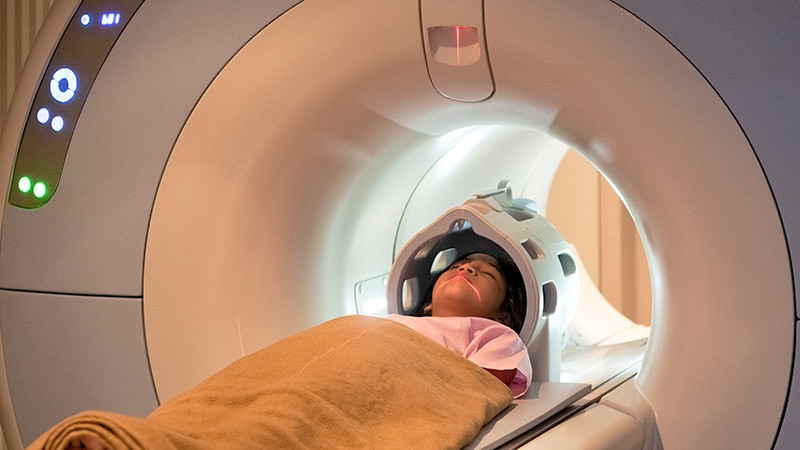Urgent Call for Improved Access to Medical Imaging in Canada: Radiologists Highlight Workforce, Equipment, and Technology Challenges
The article highlights the growing crisis in medical imaging access in Canada, as radiologists and medical associations raise concerns about the issue. Key points:
-
Wait times for CT and MRI scans have stretched to 80-100 days in many areas, far exceeding the expected 30-day average for non-life-threatening conditions. This delay in diagnosis and treatment is unacceptable for patients.
-
The demand for medical imaging has increased by 8-10% per year, exacerbated by the COVID-19 pandemic, leading to higher burnout rates and vacancy rates of over 11% for medical professionals like radiologists, sonographers, and technologists.
-
Canada has fewer MRI and CT scanners per capita compared to the OECD average, and aging equipment often breaks down, further contributing to the backlog.
-
To address these challenges, the Canadian Association of Radiologists (CAR), the Canadian Association of Medical Radiation Technologists (CAMRT), and Sonography Canada have called for investments in the workforce, including more training programs and better retention strategies, as well as funding to replace outdated equipment.
-
They also advocate for the implementation of enabling technologies, such as clinical decision support systems and a framework for evaluating and regulating AI in medical imaging, to improve efficiency and access.
-
The federal government acknowledges the need for solutions, but notes that the management of the health workforce falls under provincial and territorial jurisdiction.
요약 맞춤 설정
AI로 다시 쓰기
인용 생성
소스 번역
다른 언어로
마인드맵 생성
소스 콘텐츠 기반
소스 방문
www.medscape.com
Canadian Radiologists Call for Better Medical Imaging Access
핵심 통찰 요약
by Carolyn Cris... 게시일 www.medscape.com 08-15-2024
https://www.medscape.com/viewarticle/canadian-radiologists-call-better-medical-imaging-access-2024a1000f16
더 깊은 질문
